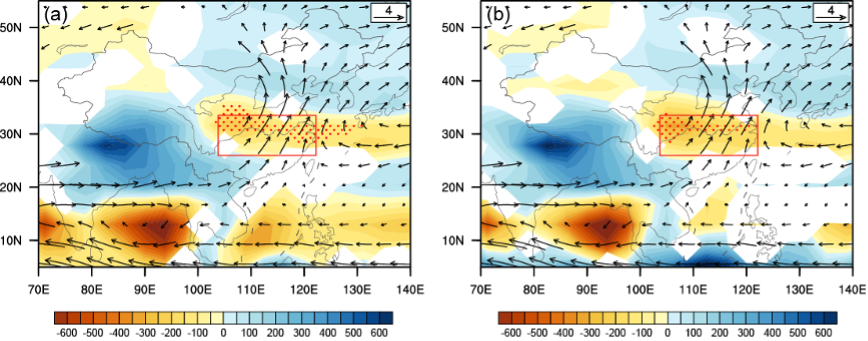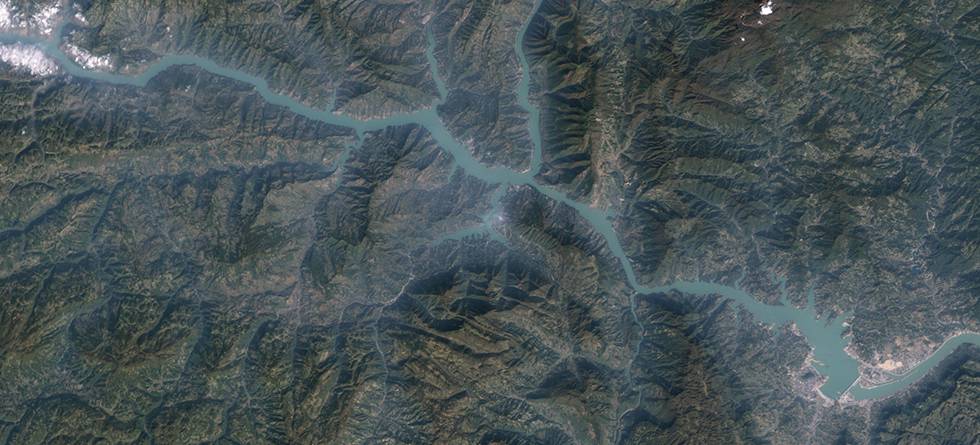Written by Gaowen Dai, guest researcher / PhD candidate at the Bjerknes Centre and NORCE
The classical paleoclimatological view holds that monsoonal China was overall wetter when the East Asian summer monsoon was strong during glacial and interglacial cycles. However, this view is at odds with the understanding of modern climate, which demonstrates an analogous “tripole precipitation pattern” in monsoonal China.
Over the past several decades, when the East Asian summer monsoon is strong, more precipitation falls over the Yellow River Valley (North China) and the Pearl River Valley (South China) while less precipitation appears in the Yangtze River Valley (Central-East China). During weak summer monsoons, the pattern is the opposite – less precipitation in the valleys in the north and the south, and more in the central, Yangtze River Valley.

Using NorESM-L climate models, we showed that such analogous “tripole precipitation pattern” in monsoonal China also may have appeared during the past 425,000 years. To some extent this result can be compared to the paleoclimate records available from China.
Our results agree with the present understanding of modern East Asian climate, and furthermore confirm that the boreal summer insolation is the dominant forcing for the intensity of the East Asian summer monsoon, and that the response of subtropical high pressures is fundamental in modulating the precipitation pattern in monsoonal China on orbital timescales.
This temporal and spatial variability of precipitation shows the potential high complexities in hydroclimatic conditions in monsoonal China throughout the past glacial-interglacial cycles. Nevertheless, the tripole precipitation pattern in monsoonal China during glacial-interglacial cycles will be further validated by new well-dated precipitation proxies that can explicitly indicate precipitation from Central-East China.
Reference
Dai, G., Zhang, Z., Otterå, O. H., Langebroek, P. M., Yan, Q., and Zhang, R., 2021. A Modeling Study of the Tripole Pattern of East China Precipitation Over the Past 425 ka. Journal of Geophysical Research: Atmospheres 126.

